
Ingredient
Ginger roots
The Zesty Wonder: Unleashing the Power of Ginger Roots
Ginger roots, known botanically as Zingiber officinale, are knobby, beige-colored rhizomes with a pungent and spicy flavor. They have a fibrous texture and a pale yellow interior. The outer skin is thin and can be easily peeled. Ginger roots are commonly used in both sweet and savory dishes, providing a warm and tangy taste that enhances the overall flavor profile. They are often grated, sliced, or minced before being added to recipes, releasing their distinct aroma and flavor.
Origins and history
Ginger roots have a rich history that dates back thousands of years. Originating in Southeast Asia, particularly in China and India, ginger has been used for its medicinal properties and culinary purposes for centuries. It was highly valued in ancient civilizations such as the Greeks, Romans, and Egyptians, and was even traded along the Silk Road. Ginger eventually spread to other parts of the world through trade and exploration, becoming a staple ingredient in various cuisines.
Nutritional information
Ginger roots are low in calories and fat, making them a healthy addition to meals. They are a good source of dietary fiber, vitamin C, potassium, and magnesium.
Allergens
Ginger roots are generally considered safe and do not commonly cause allergies. However, individuals with a known allergy to ginger should avoid consuming it.
How to select
When selecting ginger roots, look for firm and plump rhizomes with smooth skin. Avoid any roots that are wrinkled, soft, or have moldy spots. The skin should be thin and easy to peel. Fresh ginger roots should have a strong and spicy aroma.
Storage recommendations
To maintain the freshness of ginger roots, store them in a cool, dry place. They can be kept at room temperature for up to a week. For longer storage, place unpeeled ginger roots in a resealable plastic bag and store them in the refrigerator for up to three weeks. Alternatively, ginger roots can be peeled, grated, and frozen for up to six months.
How to produce
Ginger roots can be grown at home by planting a fresh ginger rhizome in a pot or garden bed with well-draining soil. Keep the soil consistently moist and provide indirect sunlight. Harvest the ginger roots after 8-10 months when the leaves start to turn yellow.
Preparation tips
To prepare ginger roots, start by peeling off the thin skin using a vegetable peeler or the edge of a spoon. Then, grate, slice, or mince the ginger according to the recipe's requirements. For a milder flavor, blanch the ginger in boiling water for a few seconds before using. Ginger can be used in a variety of dishes, including stir-fries, curries, marinades, soups, teas, and baked goods. It pairs well with ingredients like garlic, soy sauce, citrus fruits, and honey.
Substitutions
If ginger roots are not available, suitable substitutes include ground ginger powder, galangal, or turmeric. However, keep in mind that these substitutes may alter the flavor profile of the dish.
Culinary uses
Ginger roots are widely used in Asian, Indian, and Middle Eastern cuisines. They are commonly used in stir-fries, curries, marinades, and soups to add a zesty kick. Ginger is also a popular ingredient in baked goods such as gingerbread cookies and cakes. Additionally, it is used to make ginger tea, ginger ale, and ginger-infused cocktails.
Availability
Ginger roots are cultivated and readily available in many regions around the world, including Asia, Africa, the Americas, and Europe.
More ingredients from this category

Galangal roots
The Exotic Spice: Galangal Roots

Lesser galangal roots
The Aromatic Spice

Fingerrot roots
The Exotic Spice

East Indian galangal
The Exotic Spice of East India

Orris root
The Fragrant Rhizome of Elegance

Greater galangal roots
The Aromatic Spice: Unveiling the Secrets of Greater Galangal Roots

Wasabi roots
The Fiery Green Elixir: Unveiling the Secrets of Wasabi Roots
Recipes using Ginger roots » Browse all

Malagasy-inspired Spicy Tomato Soup
Fiery Tomato Delight: A Malagasy Twist on Spicy Soup

Grilled Moksal with Macadamia Nut Sauce
Macadamia-infused Grilled Moksal: A Fusion Delight

Budaatai Huurga with a Central African Twist
Savory Beef and Vegetable Stew with Central African Flavors
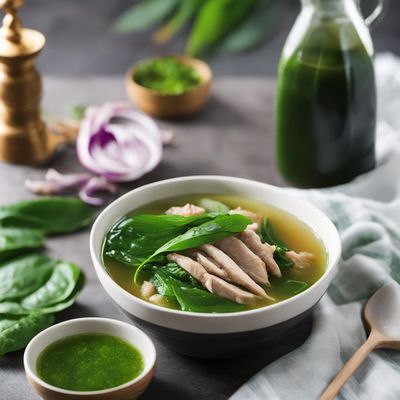
Tinola with a Twist
Ginger-infused Chicken Soup: A Filipino Delight

Manduguk - Korean Dumpling Soup
Savory Delight: Korean Dumpling Soup - A Comforting Bowl of Flavor

Chinese-style Ćevapi
Savory Chinese Meat Skewers

Molecular Gastronomy Gyoza
Gyoza Reimagined: A Molecular Gastronomy Twist
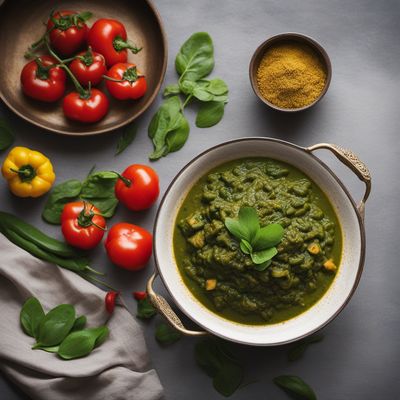
Aloo Palak Curry
Savory Spinach and Potato Delight

Smiley Delight
Savory African Grilled Goat Head
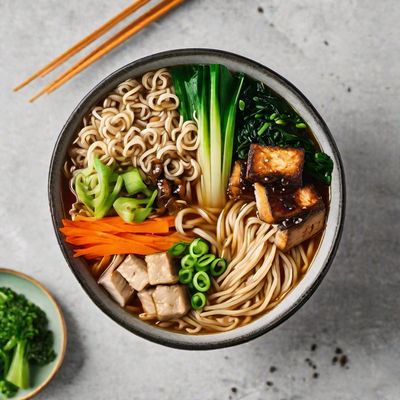
Vegan Ramen Recipe
Satisfy Your Cravings with this Vegan Ramen Bowl
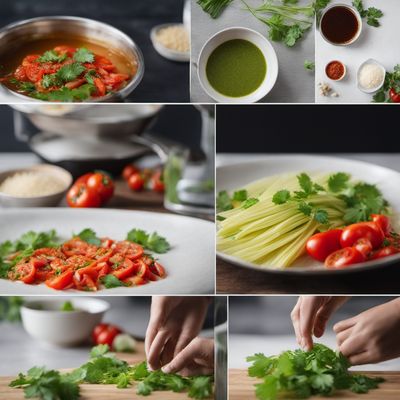
Cambodian-style Tomato Omelette
Savory Tomato Delight: A Cambodian Twist on the Classic Omelette
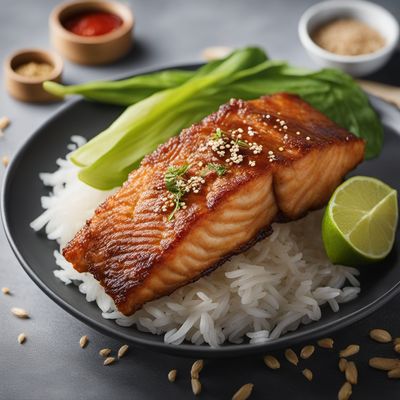
Crispy Asian-style Carp, Sundgauvienne-inspired
Crispy Carp with Asian Flair: A Fusion of Sundgauvienne and Asian Cuisine